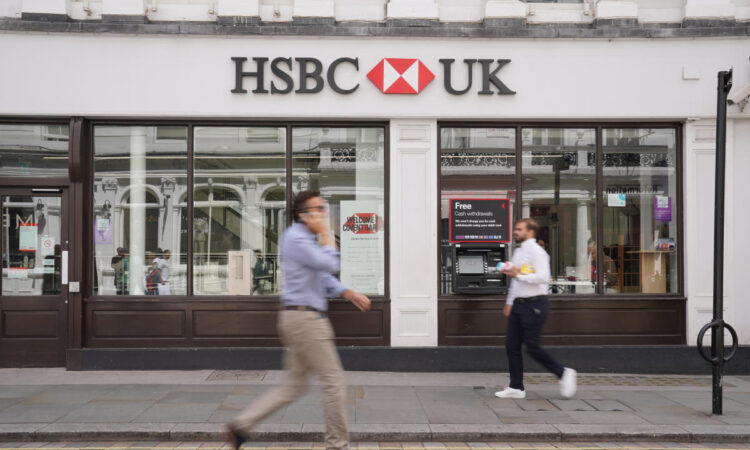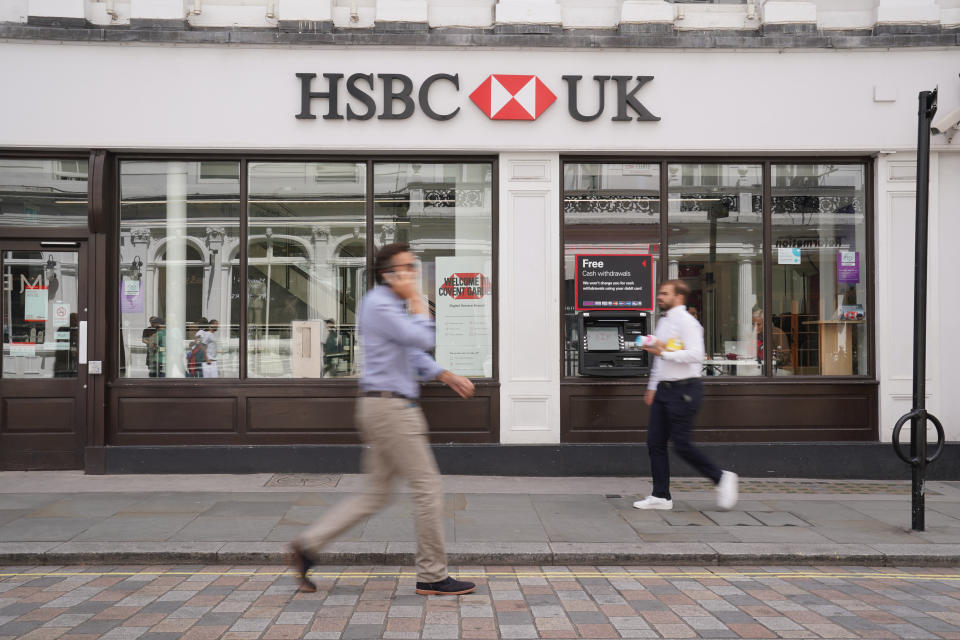

High street banks are still short changing savers as interest rates hit record highs but the average saving account pay less than half, according to consumer group Which?.
However, there are lenders that have improved their rates and savers can now benefit from higher saving rates than ever before if they know where to park their money.
As of early November, Ulster Bank is the only high street name to offer an above-average easy access rate. Its Loyalty Saver offers 5.2% on balances of £5,000 and over. Anything less and the rate drops to 2.25%.
Meanwhile, Lloyds (LLOY.L) at 1.4%, Halifax with 1.5%, Barclays (BARC.L) with 1.65%, and HSBC (HSBA.L) with 1.98% all pay less than 2% on their easy-access accounts.
Looking outside high street names, a Yahoo Finance UK search shows that Paragon Bank offers 5.16% with a minimum deposit of £1,000 via its Double Access Saver account. As the name indicates, customers are limited to two withdrawals per year.
Read more: Interest rates: What Bank of England’s decision means for your finances
Challenger Beehive Money offers a 5.15% rate on balances of £1,000 and over in an offer only available online.
For those who are okay with parting with their money for 12 months, the Union Bank of India offers a one-year fixed bond account that pays a rate of 6.05%.
Nationwide offers 8% interest via its Flex Regular Saver savings account, but it is only available to current customers. It allows for up to 3 withdrawals within a year, with the rate dropping to 1.25% if four or more withdrawals are made.
Which? warned that high street banks offer meagre savings rates compared with rival challenger banks and building societies, with customers losing up to hundreds of pounds a year for choosing to invest with a household name.
Between October 2022 and October 2023, the Bank of England hiked the base rate seven times, raising it by three percentage points from 2.25% to 5.25%.
However, Which? analysis shows that over the same period, the average easy-access rate offered by the big banks only grew by 1.56 percentage points, rising from 0.42% to 1.98%.
Read more: UK inflation: Milk, butter and pasta prices drop
“It’s crucial that anyone fortunate enough to be able to put money aside during a cost of living crisis is getting the best returns possible. Once again, it’s challenger firms and building societies that lead the way,” Jenny Ross, editor of Which? Money, said.
The Financial Conduct Authority’s new Consumer Duty means firms must regularly review their products to demonstrate that they offer fair value — and those that fall short of this requirement should expect to face tough, prompt action from the regulator.
“Firms must act urgently to improve their rates or face tough action from the regulator by the end of the year,” she added.
Watch: Banks will have to justify why they’re offering low interest rates under new rules
Download the Yahoo Finance app, available for Apple and Android.





